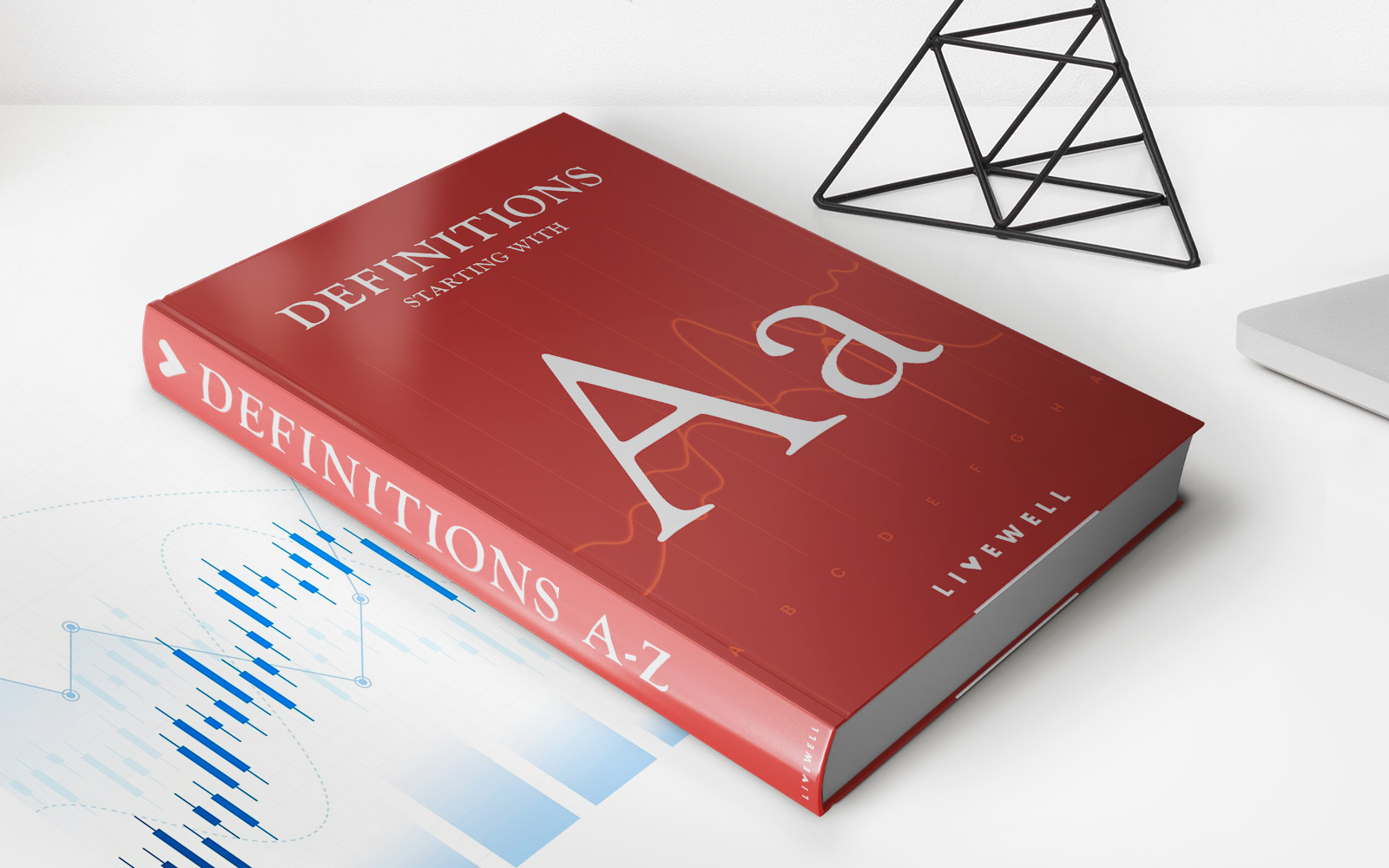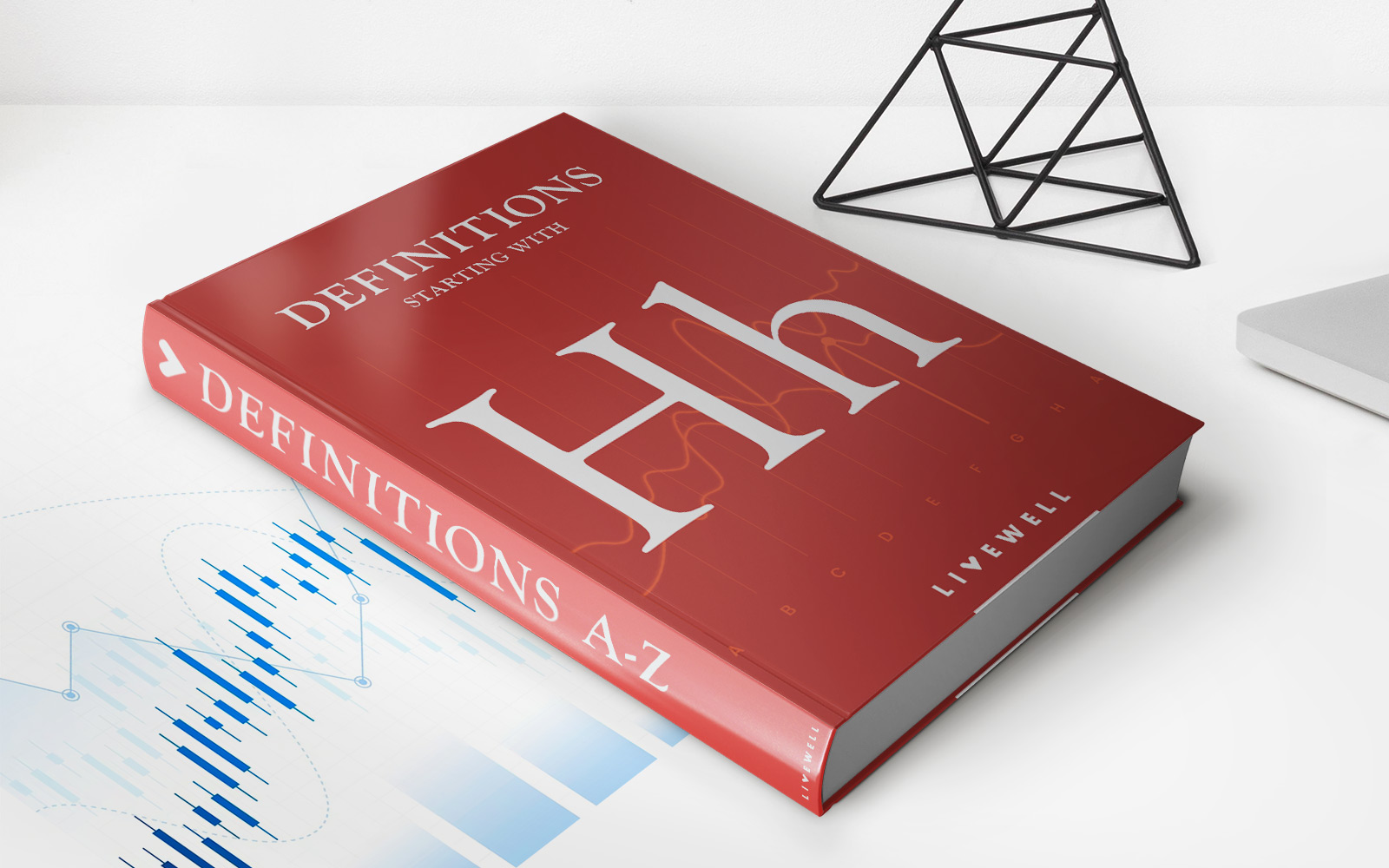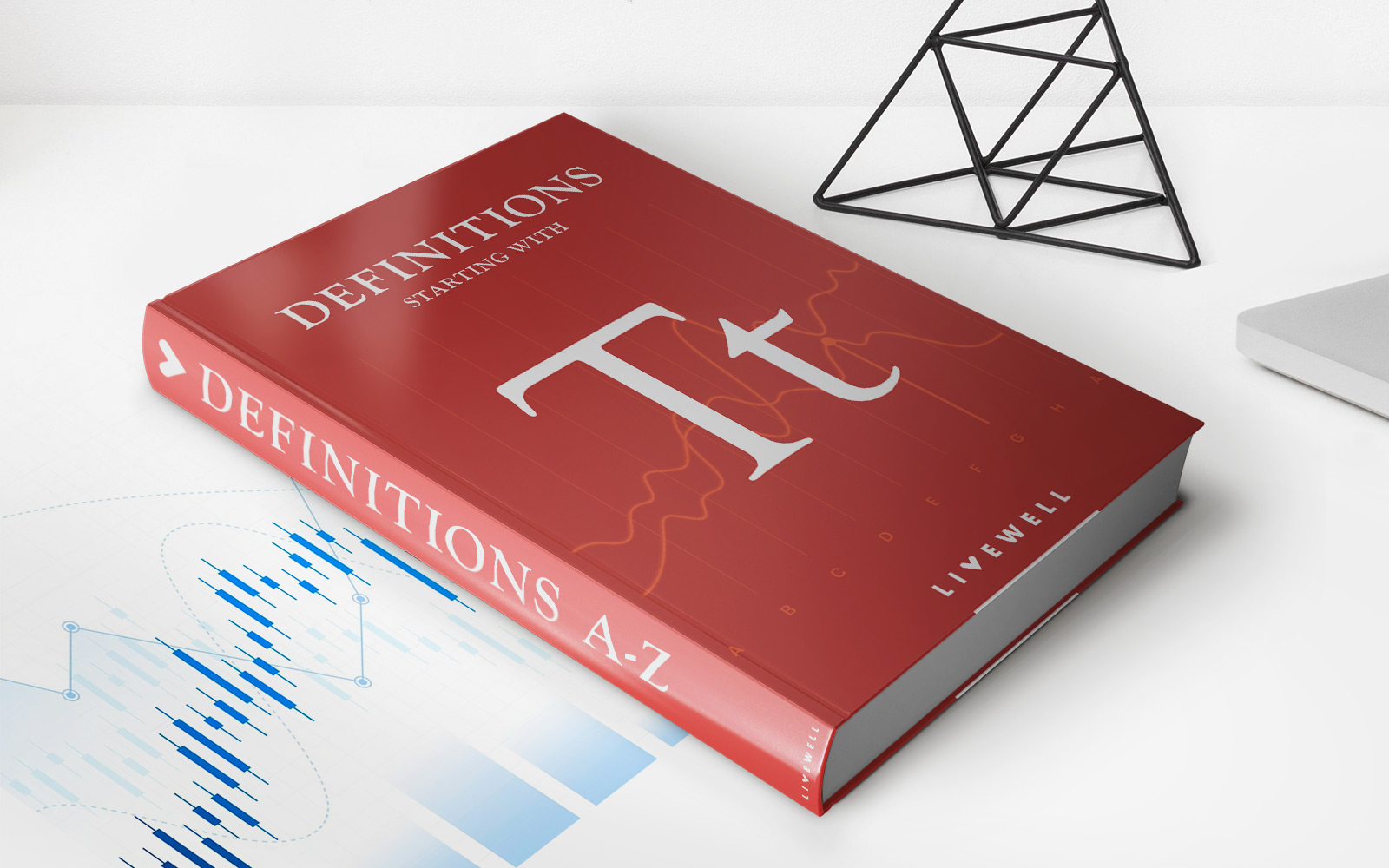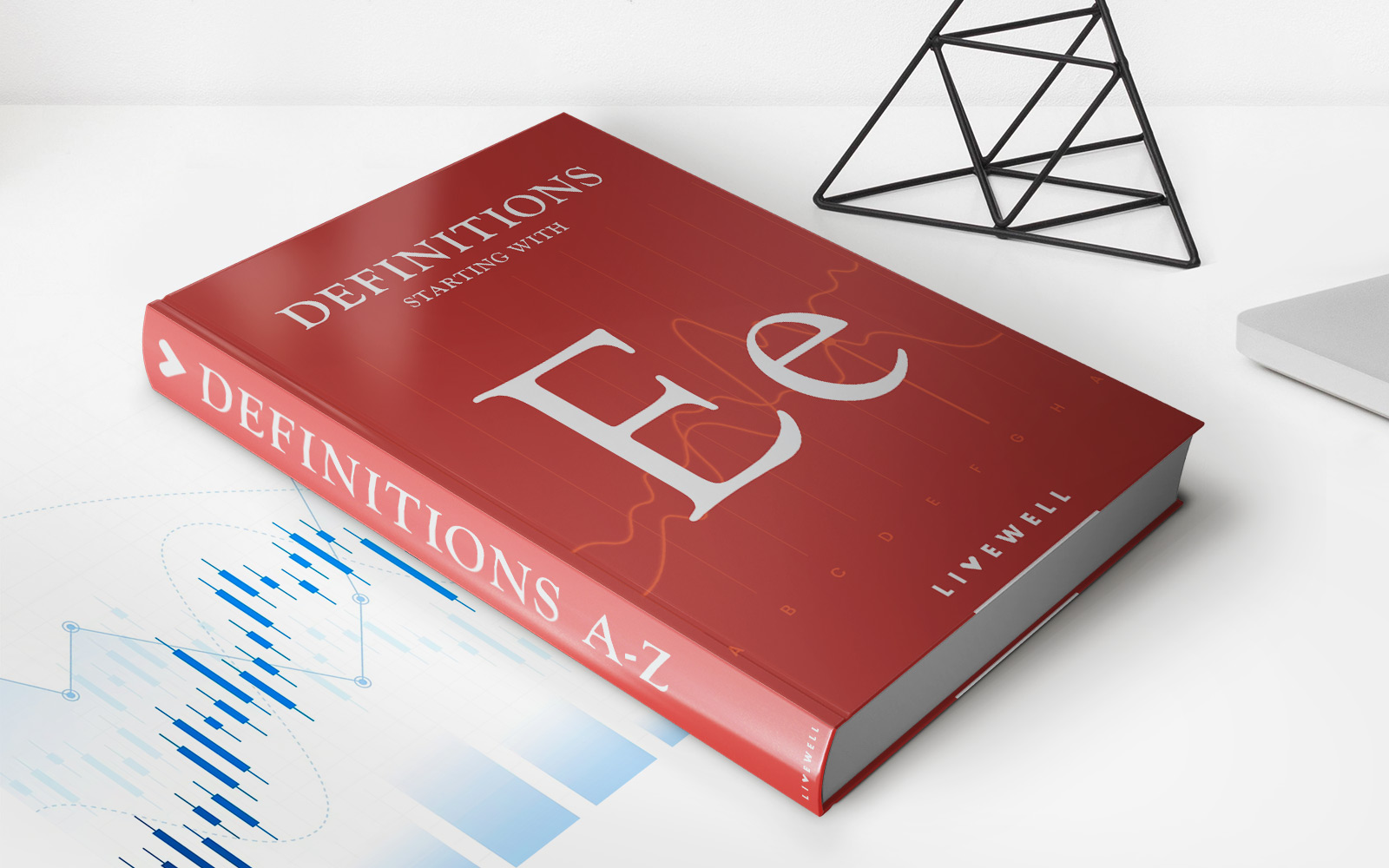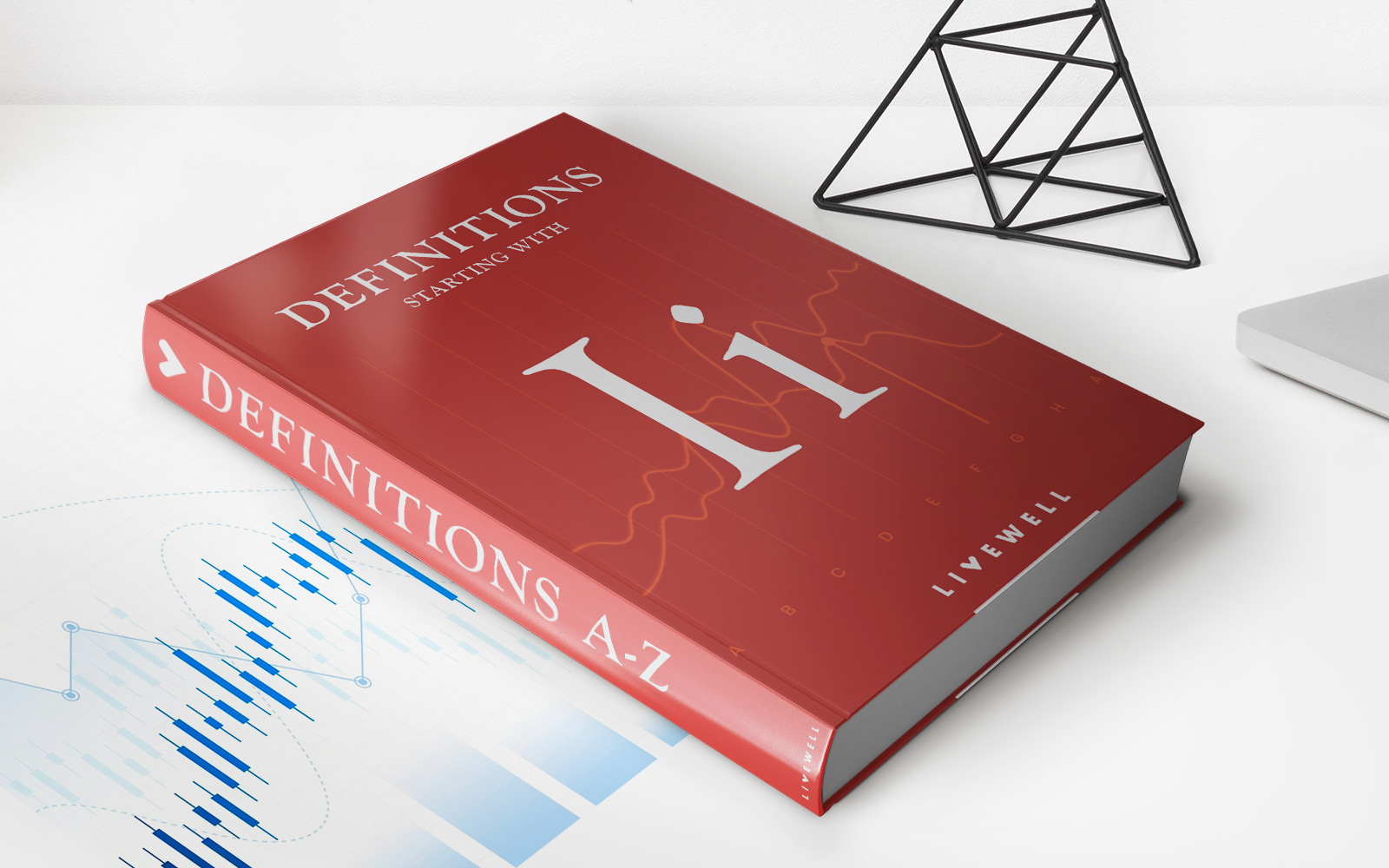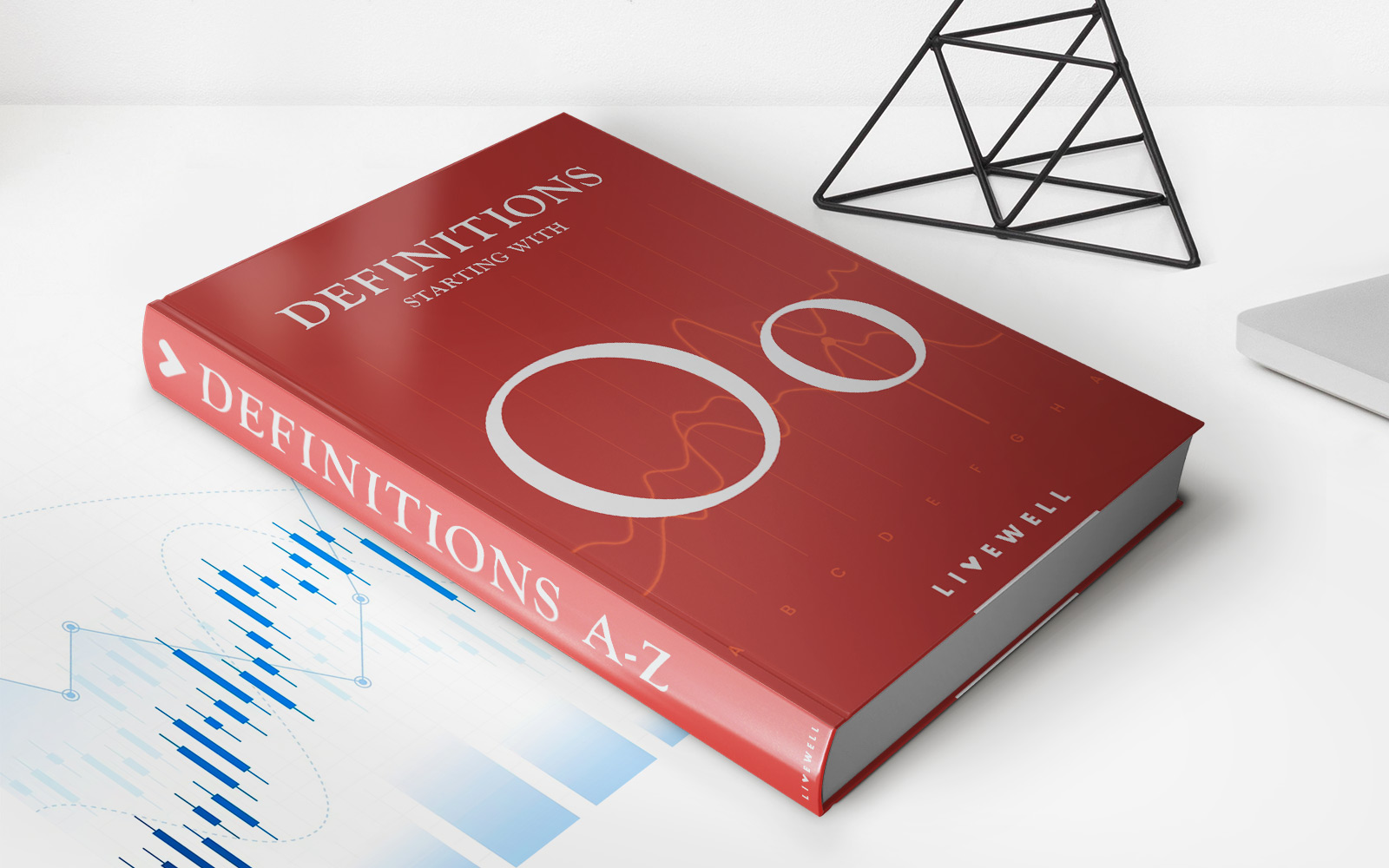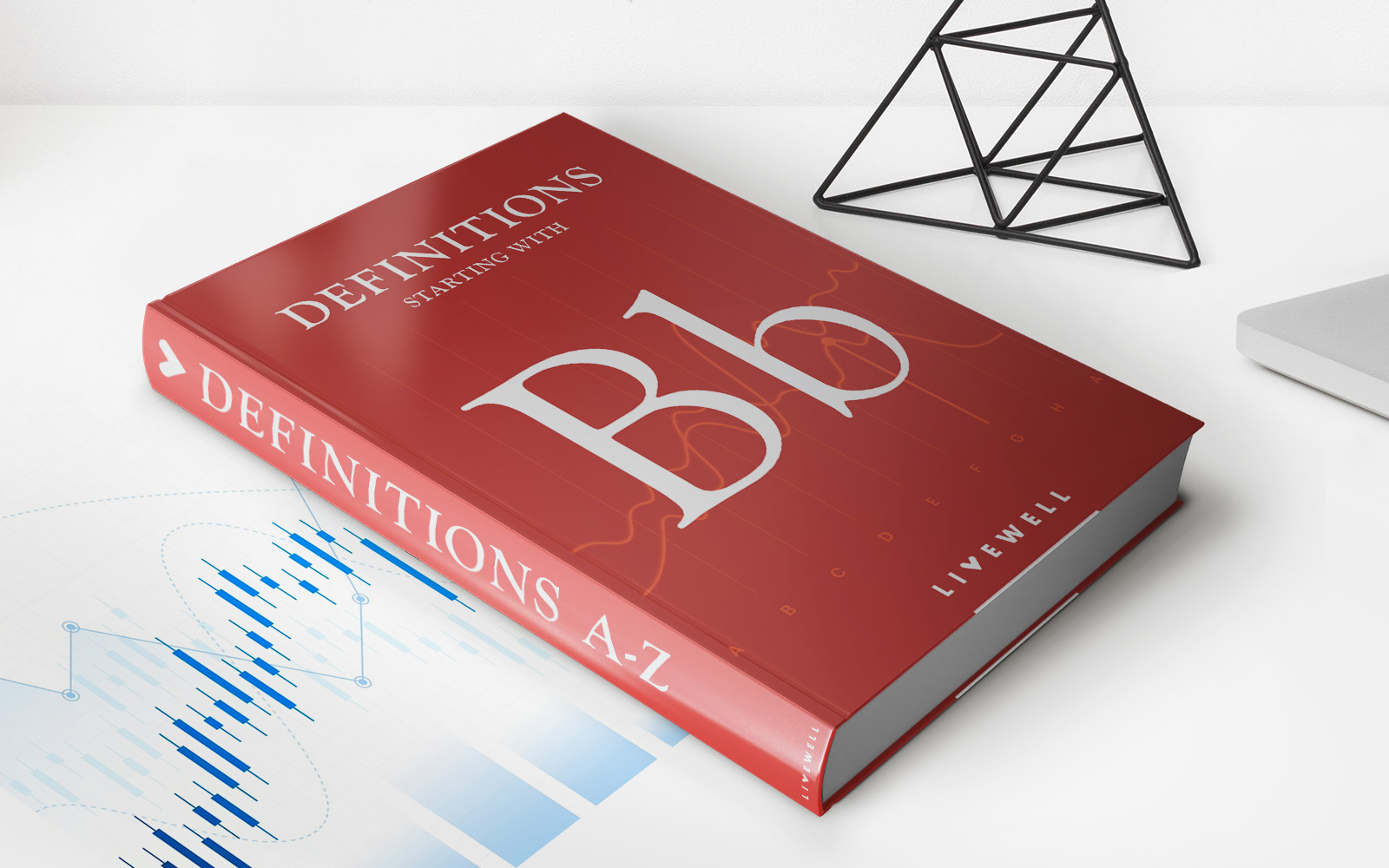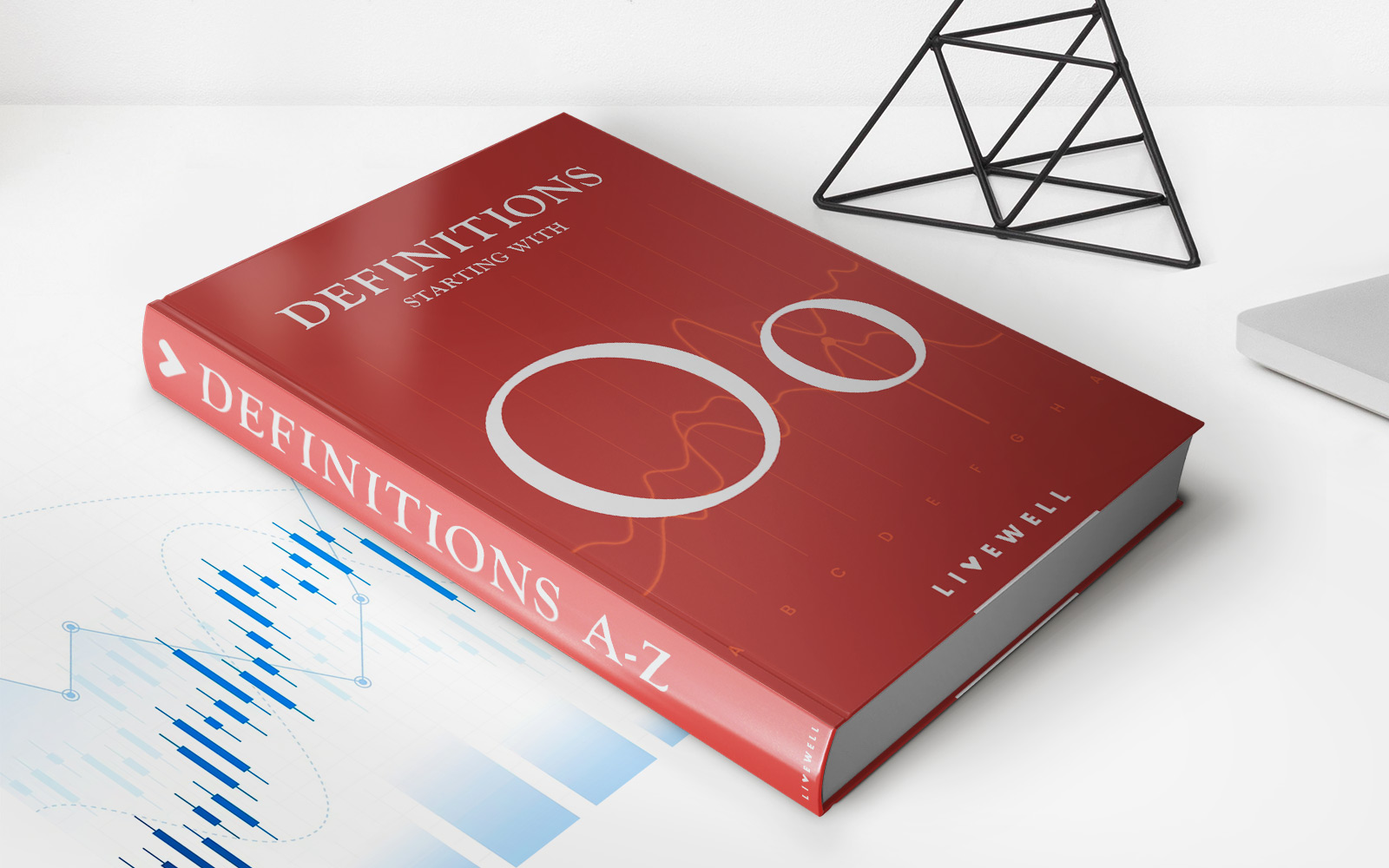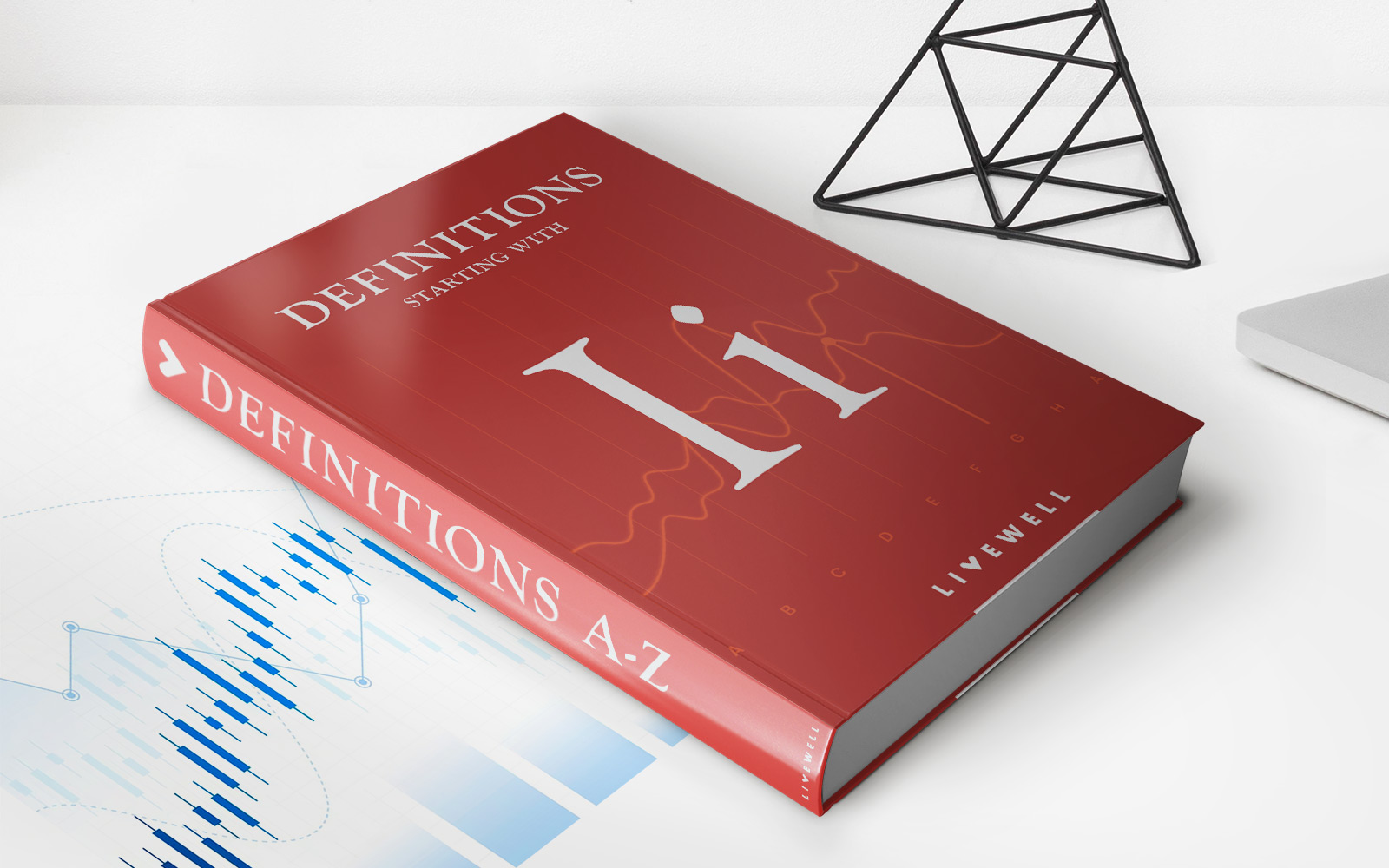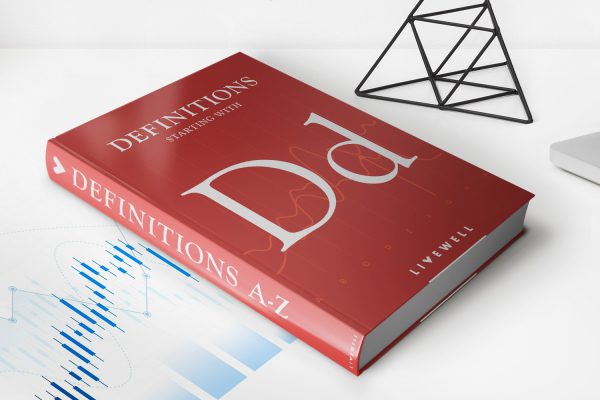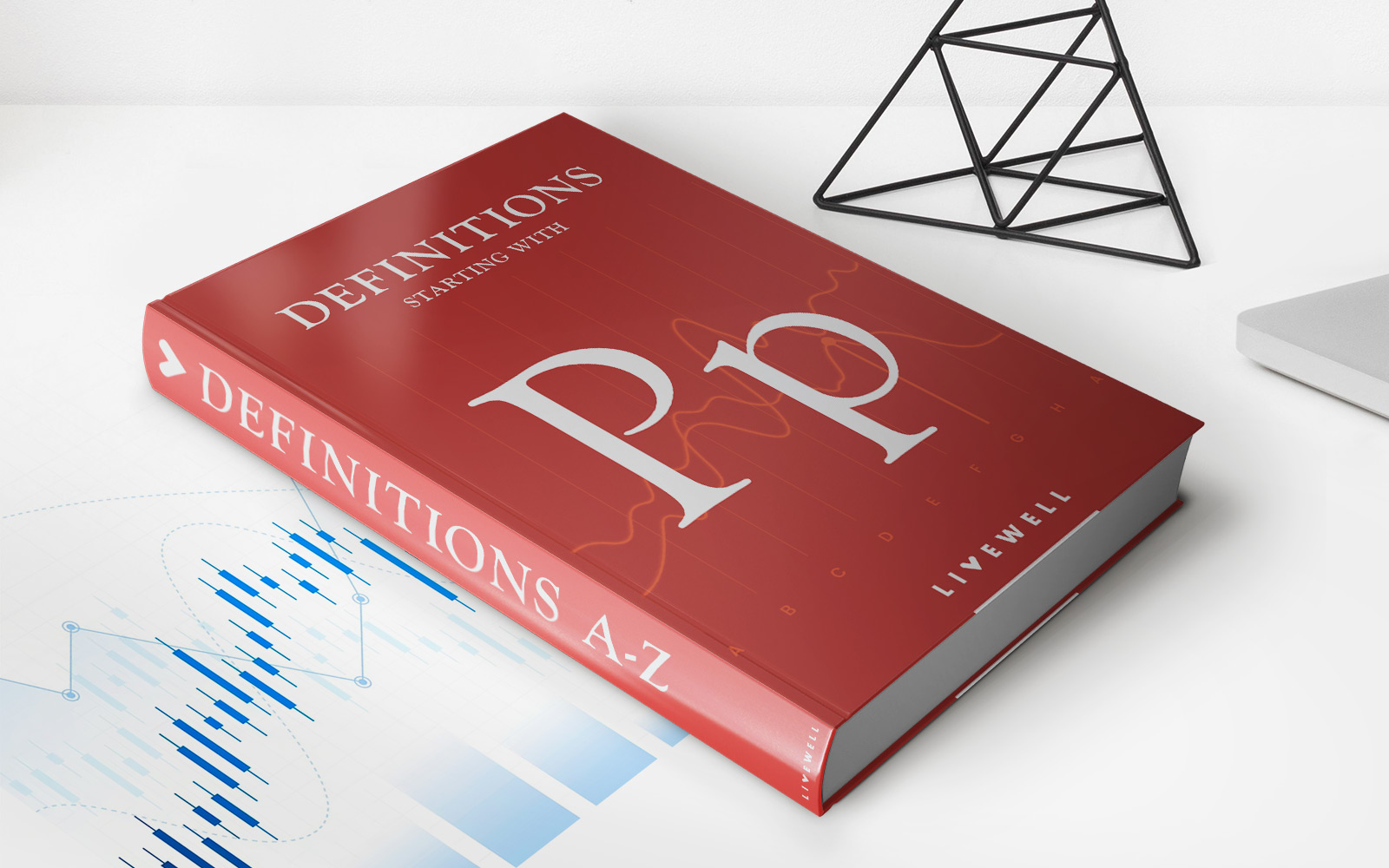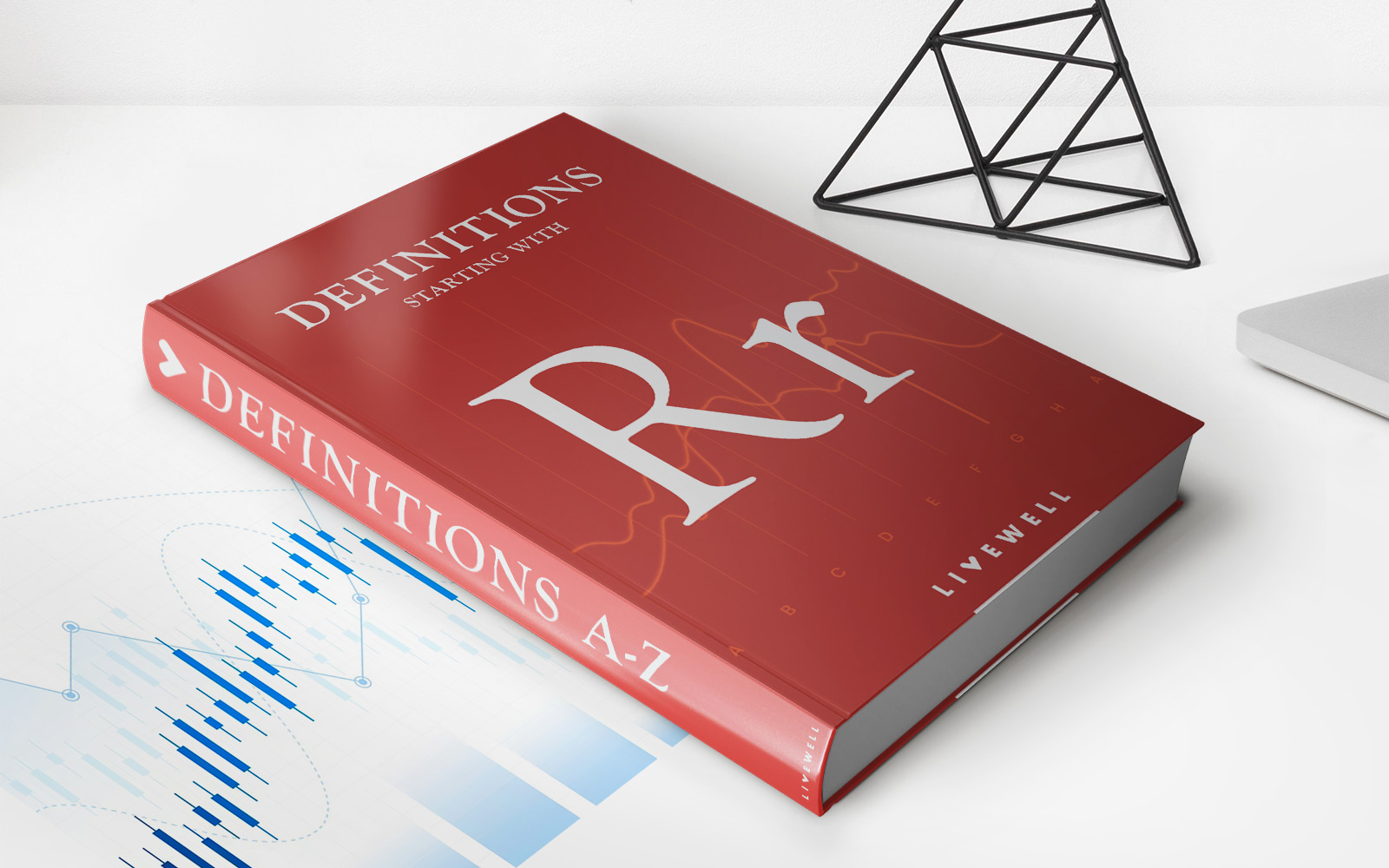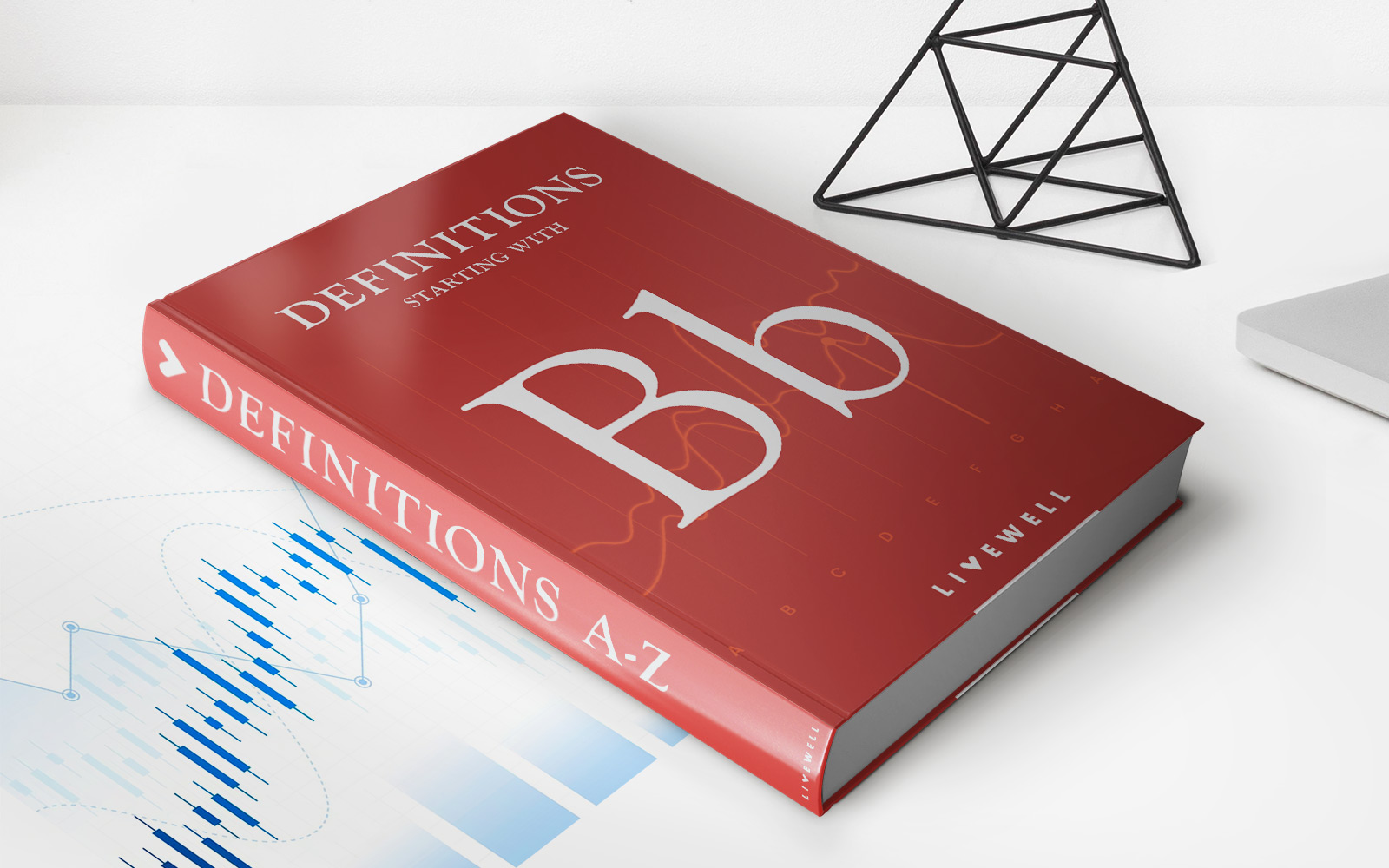

Finance
Benefit-Expense Ratio Definition
Published: October 15, 2023
Learn the definition of Benefit-Expense Ratio in finance and how it impacts your financial health. Find out how to calculate and interpret this key financial metric.
(Many of the links in this article redirect to a specific reviewed product. Your purchase of these products through affiliate links helps to generate commission for LiveWell, at no extra cost. Learn more)
Understanding the Benefit-Expense Ratio: A Key Metric in Finance
When it comes to managing your finances, understanding the various metrics and ratios can make all the difference. One such important metric is the Benefit-Expense Ratio. In this blog post, we will unravel the ins and outs of this essential financial indicator. By the end, you will have a clear understanding of what it is and how it can help you make informed financial decisions.
Key Takeaways:
- The Benefit-Expense Ratio measures the relationship between the benefits gained and the expenses incurred in a given financial scenario.
- This ratio can be used as a gauge to assess the viability and profitability of an investment or business endeavor.
So, what exactly is the Benefit-Expense Ratio? Essentially, it is a financial metric that evaluates the relationship between the benefits you receive from a particular investment or action and the expenses incurred in achieving those benefits. By comparing these two factors, you can gain insights into the financial feasibility and potential profitability of an opportunity.
Calculating the Benefit-Expense Ratio involves determining the total benefits and expenses associated with a particular endeavor. Benefits can be in the form of increased earnings, savings, or any positive outcome affecting your financial situation. On the other hand, expenses encompass costs incurred, such as initial investments, operational expenses, and any other financial outflows tied to the project.
The formula to calculate the Benefit-Expense Ratio is as follows:
Benefit-Expense Ratio = Total Benefits / Total Expenses
Once you have calculated this ratio, it is crucial to interpret the result. If the ratio is greater than 1, it indicates that the benefits outweigh the expenses, making the investment or endeavor financially viable. Conversely, if the ratio is less than 1, it implies that the expenses surpass the benefits, potentially indicating a less favorable financial outcome.
Why is the Benefit-Expense Ratio important? In the realm of personal finance, this ratio can help you assess the potential return on investment for various decisions, such as purchasing a property, starting a business, or investing in stocks. By comparing the potential benefits against the associated expenses, you can make well-informed choices that align with your financial goals.
Similarly, businesses utilize the Benefit-Expense Ratio to evaluate the profitability and financial viability of projects, initiatives, or new business lines. This metric acts as an exceptional tool for decision-makers to assess the long-term benefits and costs associated with potential ventures.
Key Takeaways:
- The Benefit-Expense Ratio measures the relationship between the benefits gained and the expenses incurred.
- It helps assess the viability and profitability of an investment or business endeavor.
The Benefit-Expense Ratio is a fundamental financial metric that should not be overlooked. By understanding the benefits and expenses involved in a particular financial decision, you can make better choices geared towards achieving your financial goals. So, the next time you are faced with an investment opportunity or a major financial decision, remember to calculate and analyze the Benefit-Expense Ratio – the key to making wise financial choices.

